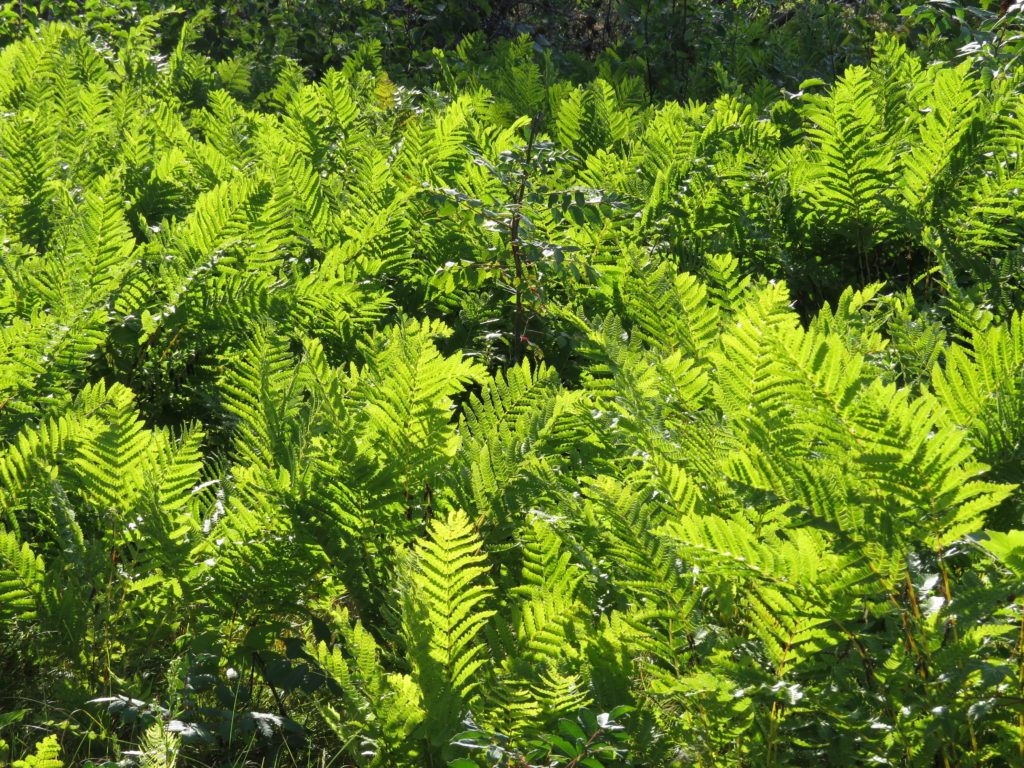Every one of us has a threat detector or warning system in our brains. It begins with incoming sensory information—things we see, hear, smell, touch, taste, and notice—often things we may not be aware of consciously. Those incoming signals go to the thalamus—a routing structure that sends the information to the amygdala or fear center of our limbic system and to the frontal cortex part of our brain that ‘analyses’ what the information could mean. The pathways are much more complex than that, but basically we process information through our emotional threat center more quickly than our analytical, thinking brain. Our brains and bodies can be activated into fight, flight, or freeze before we even have a conscious knowing of why.
We have all experienced the warning signal from our amygdala—don’t trust that person, don’t walk down that street, don’t eat that food, don’t participate in that action. It is often labeled as a ‘gut feeling’ or ‘intuition’ type of knowing that is hard to explain. Part of our warning system is an inborn, mammalian, basic safety system and part of it is based on previous experience—if we have been traumatized in any way, we are particularly sensitive to any information that feels anything like what we have previously experienced. Our amygdala immediately activates our body to protect us. This is a very good thing to keep us safe when we are in danger, but it can also cause a lot of ‘false alarms.’ After an unprocessed trauma, the amygdala’s ‘reading’ of a situation causes alarm, even when there is no actual threat there. (By unprocessed, I mean the facts and feelings about and around the traumatic event have not been acknowledged, accepted, talked about, worked on, and put to some kind of rest.) That’s why it’s important to take deep breaths for a few seconds and let your thinking brain catch up. Easier said than done. That’s why it’s so difficult—and personal—to determine what is a legitimate threat, whether that is to our personal safety, the protection of our children, or the security of our country and democracy. Our ‘thinking’ brain needs information and data to come to a conclusion—when we refuse to ‘see’ the reality of facts, figures, and footage, we are allowing our ‘fear center’ to run our lives. (And on a physiological note, that is a damaging way to live.)
Chris and I went hiking at Sherburne National Wildlife Refuge on the Blue Hill Trail. We have been there a couple of times in previous years. I suggested we go the opposite direction than our usual path so we could climb the Blue Hill spur trail. We were usually too tired after the five-mile hike to climb the hill, so this time we started with it! At the foot of the hill, at the entrance to the spur trail, was a warning sign: poison ivy could be growing along the trail. The sign also said they leave the poison ivy (don’t kill it) because wildlife eats the berries that are produced. Hmm, I thought. Well, we know how to identify poison ivy. How bad could it be? After a quick, questioning glance to Chris, I headed up the hill. Things were fine for a little while. If I saw some, I would say, “Poison ivy on the left” or “On the right.” Chris was in shorts, and I had short pants on with bare ankles. I definitely get the itchy rash from poison ivy, but I am not allergic to it like Chris is after an overwhelming exposure he had much earlier in his life that demanded medical care. As we climbed the hill, the trail got narrower, and raspberries and other foliage folded over the path. I peered under the waist-high briars to look for the ankle-high poison ivy that was now surrounding most every step. Are we ready to turn around yet? We passed the ‘down’ trail, so I figured the top couldn’t be too much farther, but by then I was seriously questioning their practice of ‘leaving the berries for wildlife.’ We made it to an observation deck, but we still weren’t at the pinnacle. I left Chris there and said I would see what’s farther up—but the path was barely discernable and covered with brush. Forget it, another time. We had a view to the north from the platform. The first thing I noticed in the landscape of trees was how many dying Oak trees with rust-colored leaves were scattered before us. Then I noticed the sparse gray branches of Aspen trees. Warning! Why were so many trees failing and dying? The drought last year could definitely take out some of the old or damaged trees, but this year had not been so bad. Most of the summer, I have seen places where the Aspen trees looked sick, their leaves sparse and spotted where usually they are shiny green and dancing. Even some in our own back yard were dead or failing. I wondered if the herbicide Dicamba was the reason for the tree treason. It is notorious for its drift and damage to trees. Or was it the changing climate that warmed our winters and allowed more insects to invade. Such a large number of dying trees in a protected area flashes a blinking red warning sign to me.
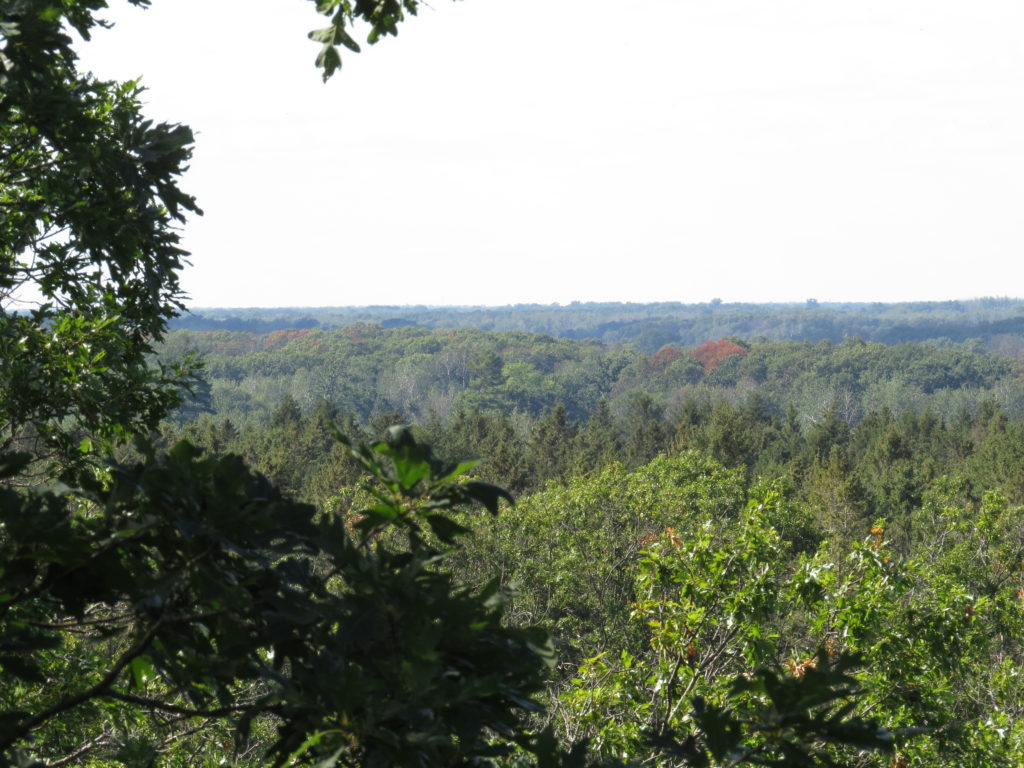
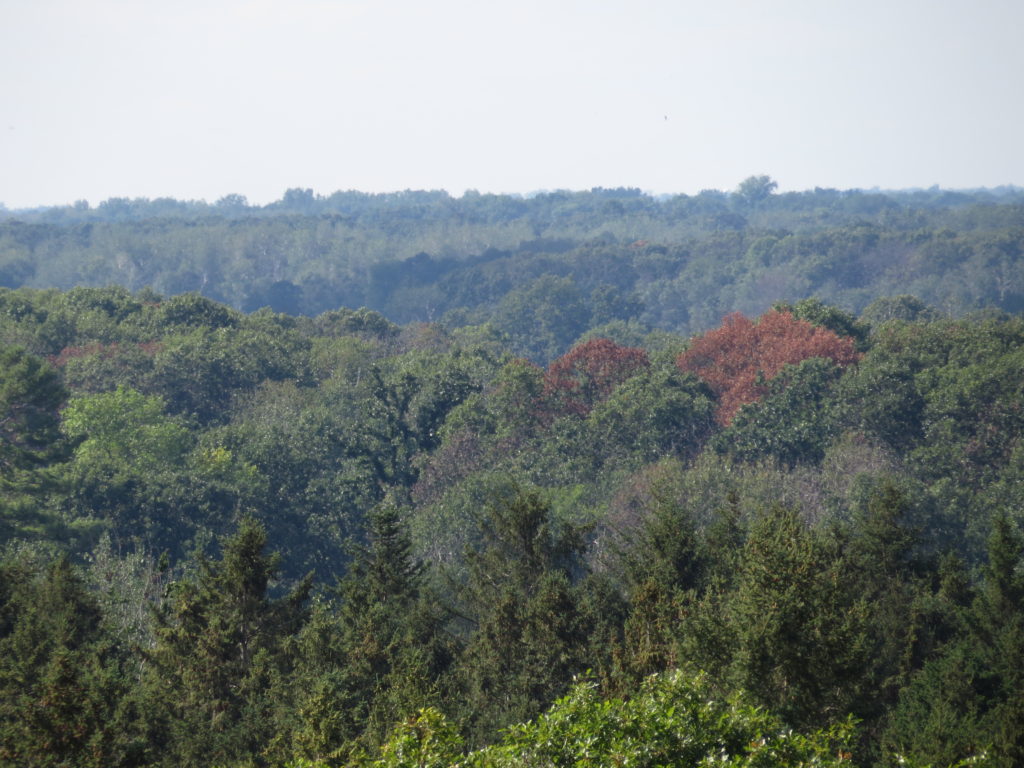
Warning: Poison ivy.
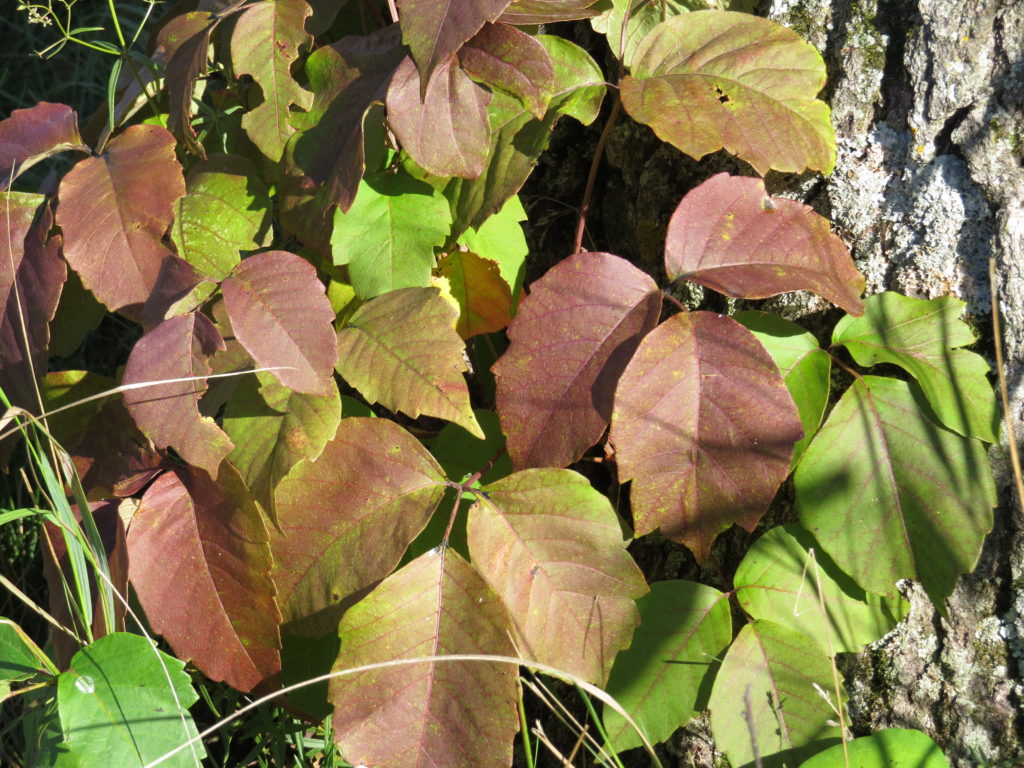
Warning, expected and benign: At Sherburne and all around the northland—the beginnings of Fall. We seem to be closer to the meteorological calendar than to the astronomical one when Autumn comes the first of September instead of the 21st. At any rate, the process has begun!
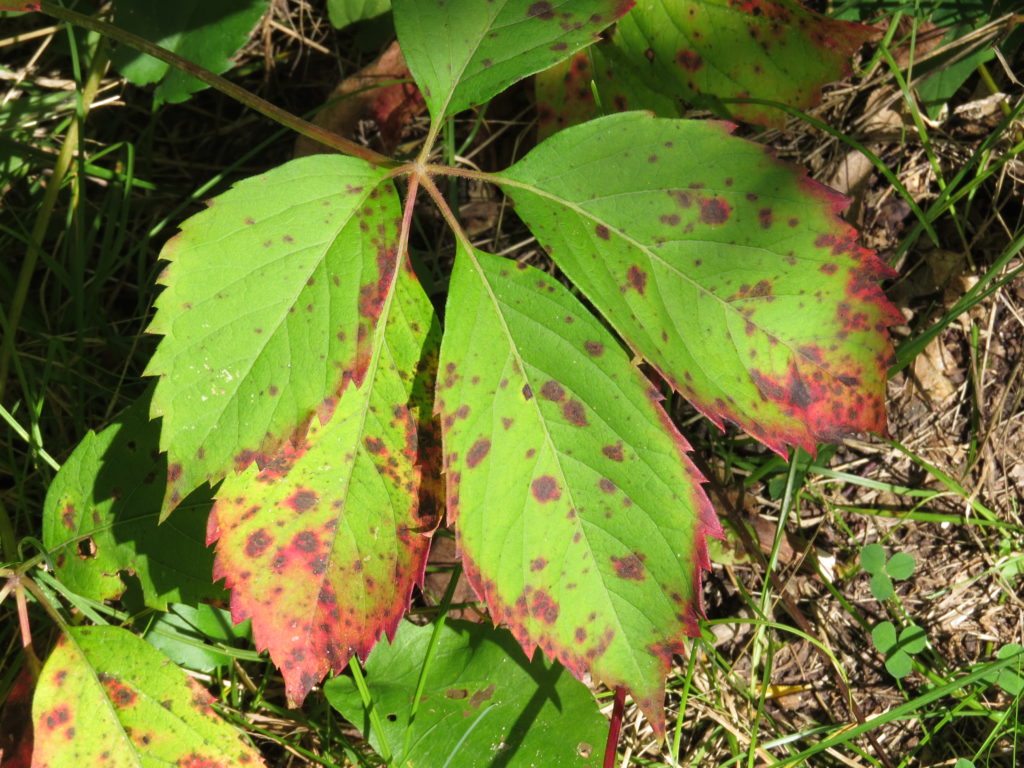
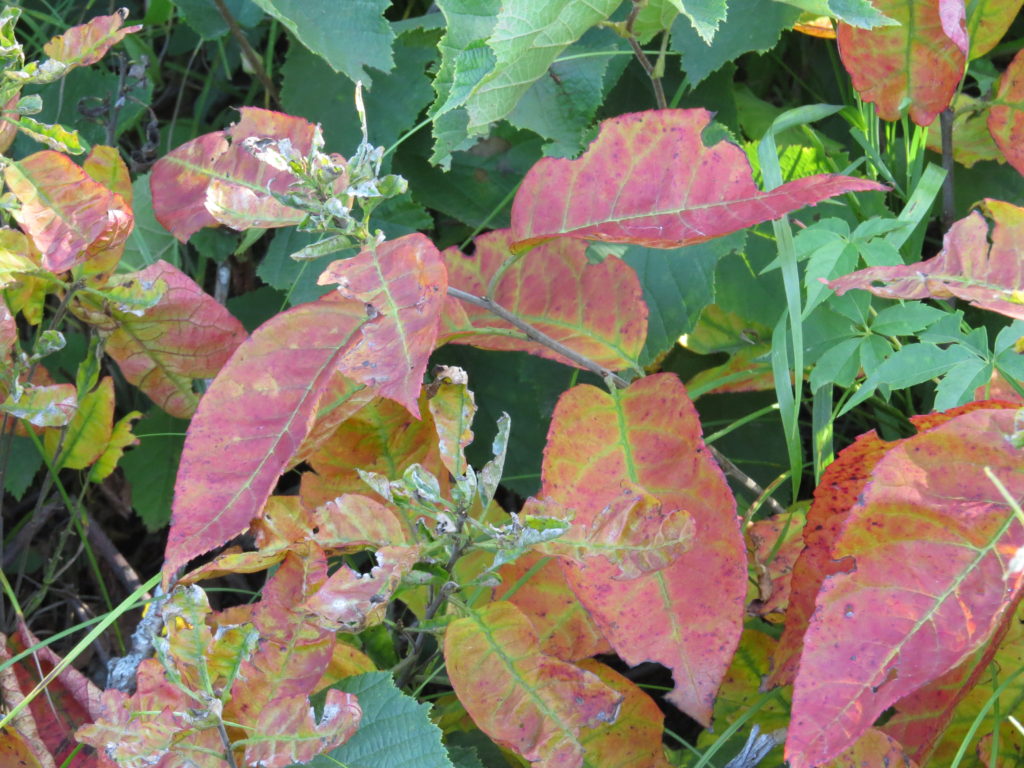
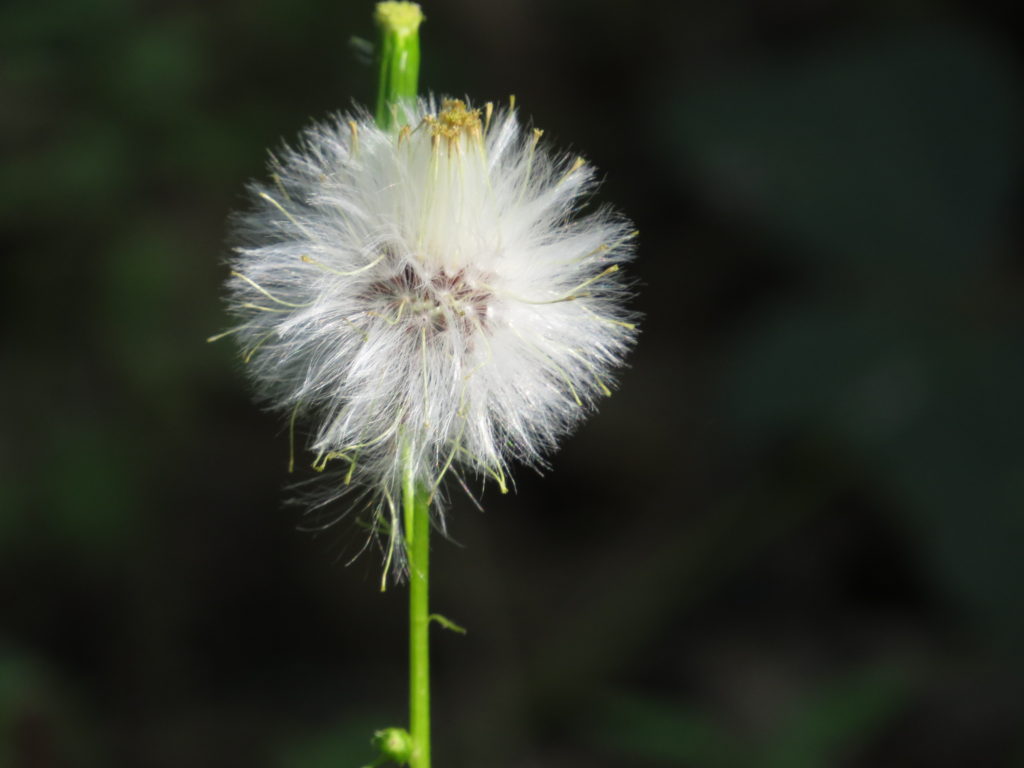
Warning: Some plants, butterflies, insects, animals, and even people try to look like or be like others in order to protect themselves or make themselves look bigger or more fierce. False Solomon’s Seal has foliage similar to Smooth Solomon’s Seal, but the flower and fruit are at the end of the stem instead of under the arching stem. How many times has your warning signal flashed when you have met a ‘false’ person?
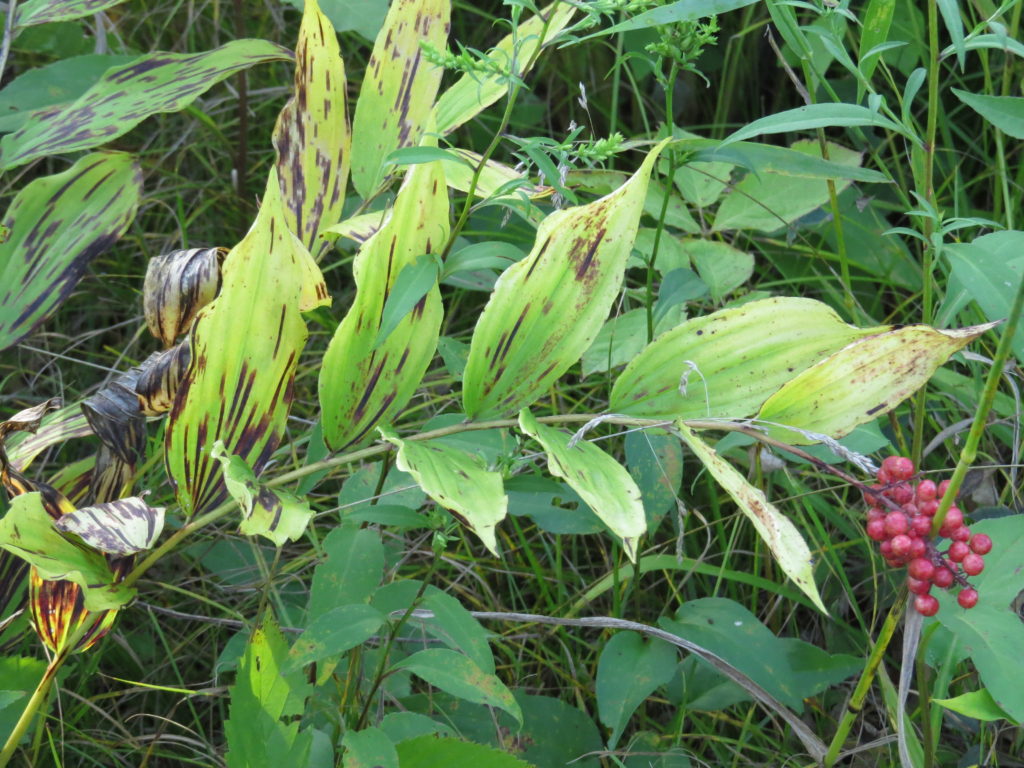
Warning: There are two types of Elderberry–Sambucus canadensis, one that produces purplish-black berries that make tasty jelly and wine and Sambucus racemosa, red-berried Elder, whose fruit tastes bitter and causes digestive upset. It’s a smart decision to know the difference before gathering and eating berries.
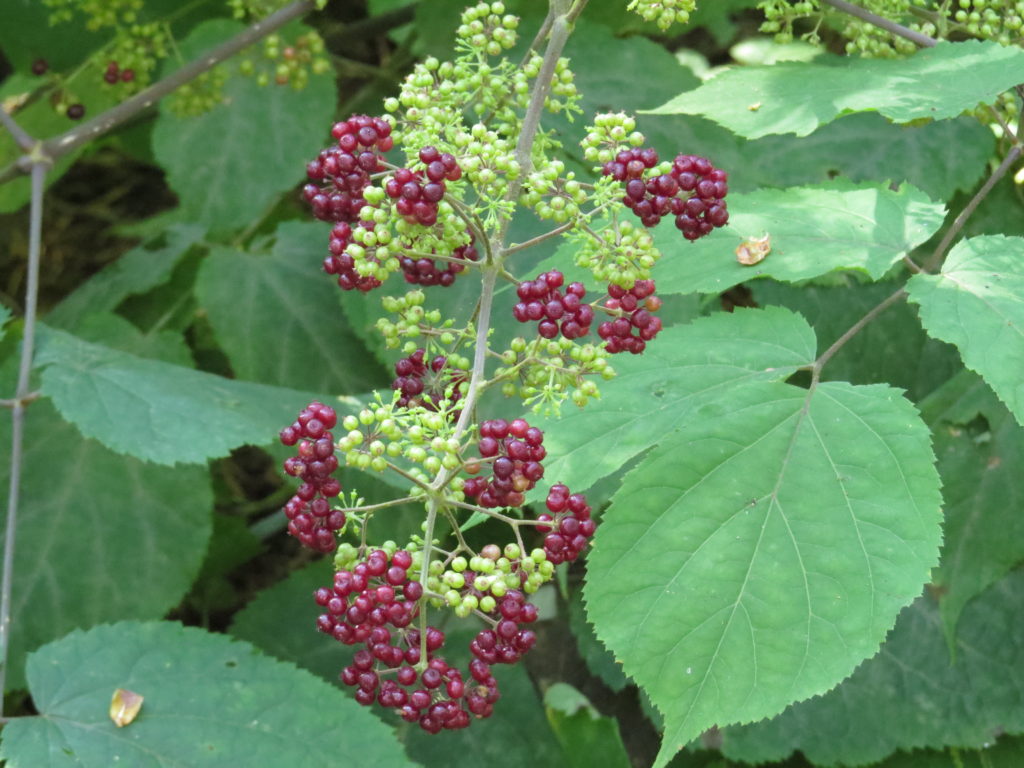
Warning: These petal-less flowers form flat brown seeds with two barbed awns at the top. Devil’s Beggarticks or Devil’s Pitchforks catch and stick to fur or fabric in order to spread the seeds. What kind of negative rhetoric sticks to you and spreads to others with no factual basis? Words of fear and fallacy.
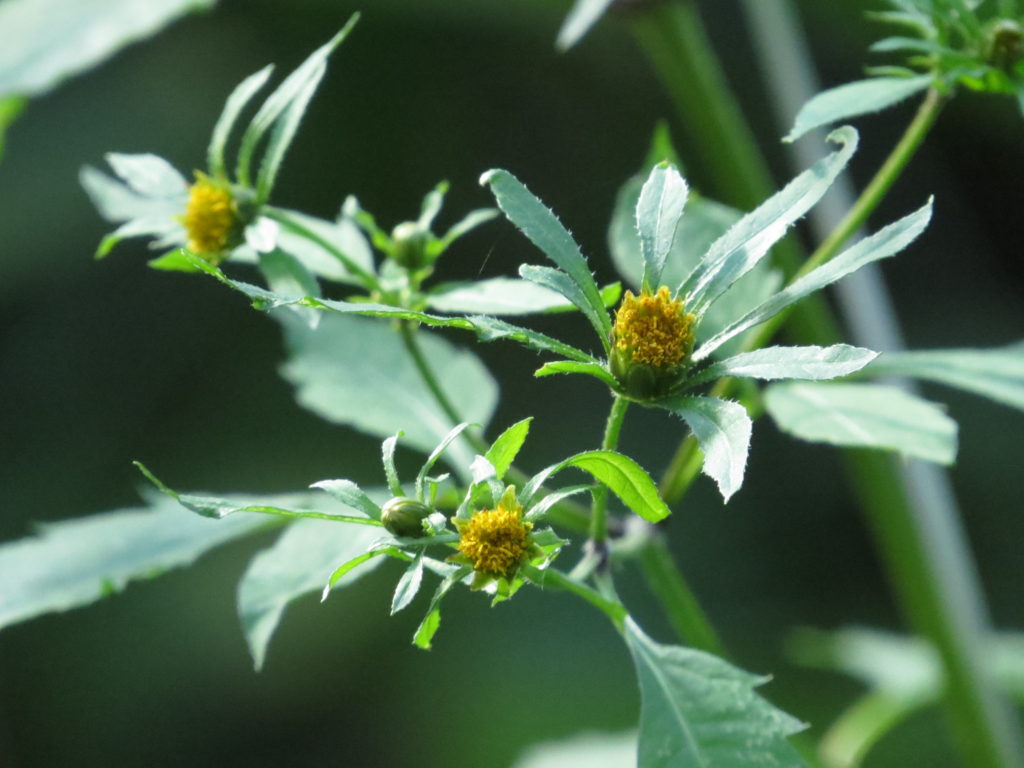
Warning: Toads will give you warts if you pick them up. Nah, that’s an old wives’ tale! Toads have warts on their skin and taste bitter to any predator who dares eat them.
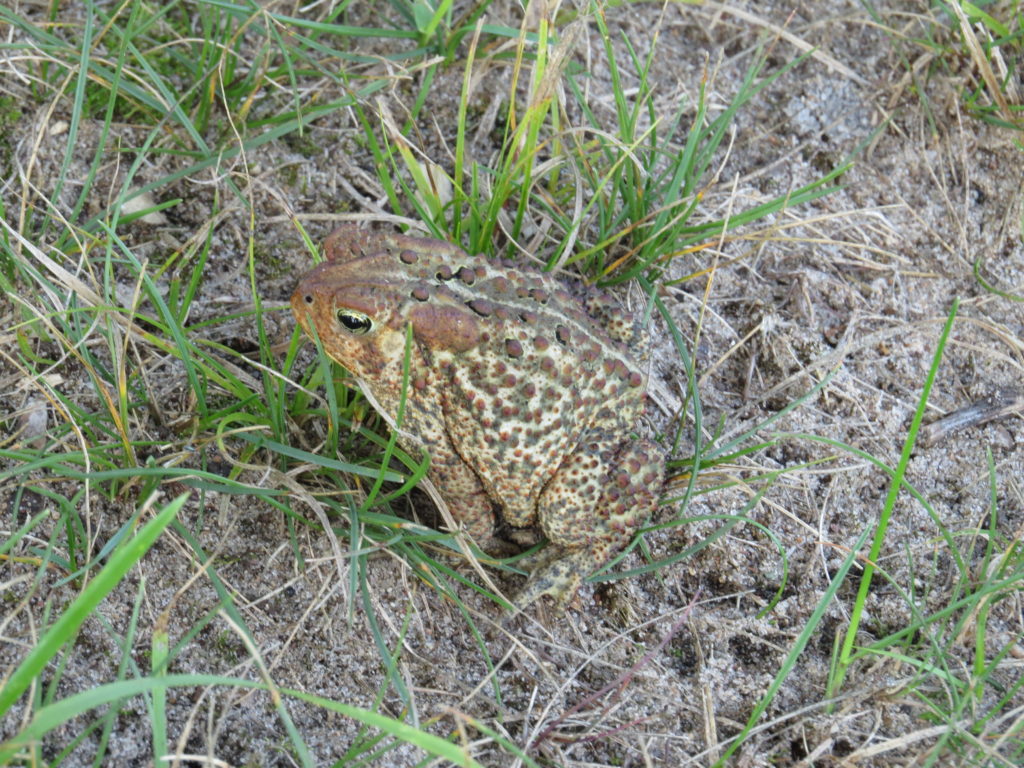
Warning: The stream is hardly a stream and the lake (which looks big on the map) is barely a lake. Cattails and other vegetation have taken over almost the entire Buck Lake! Far into the middle of the cattails, I could see a little bit of water and a Trumpeter Swan family. It’s disappointing (and sometimes embarrassing) having been duped by false advertising.
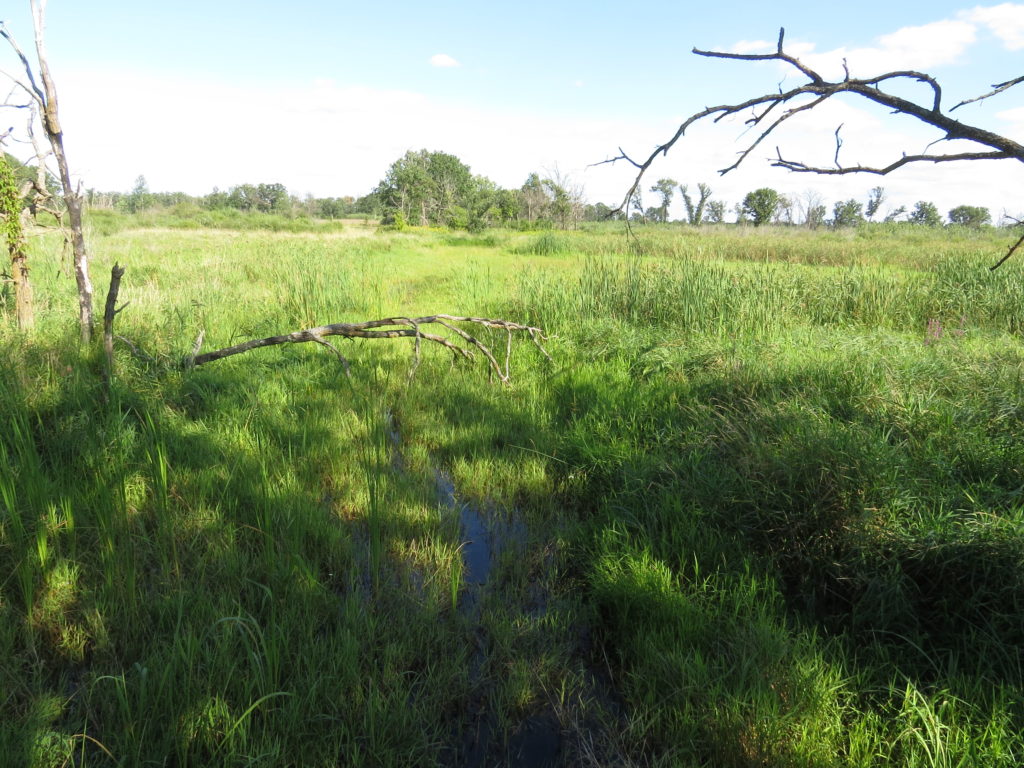
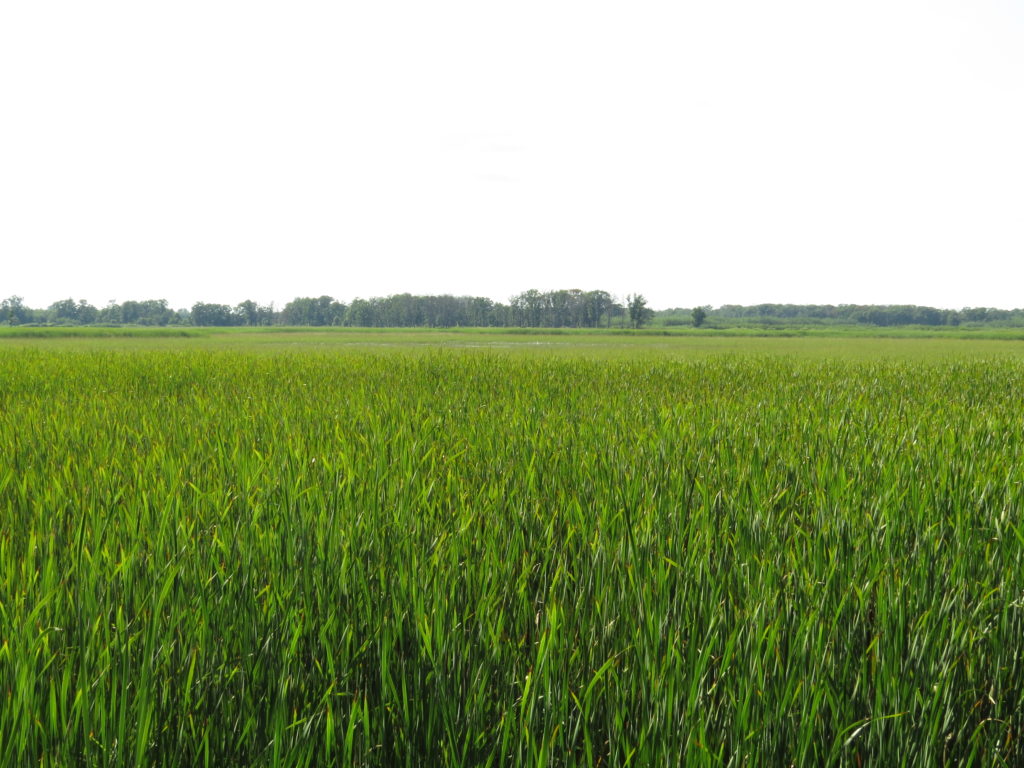
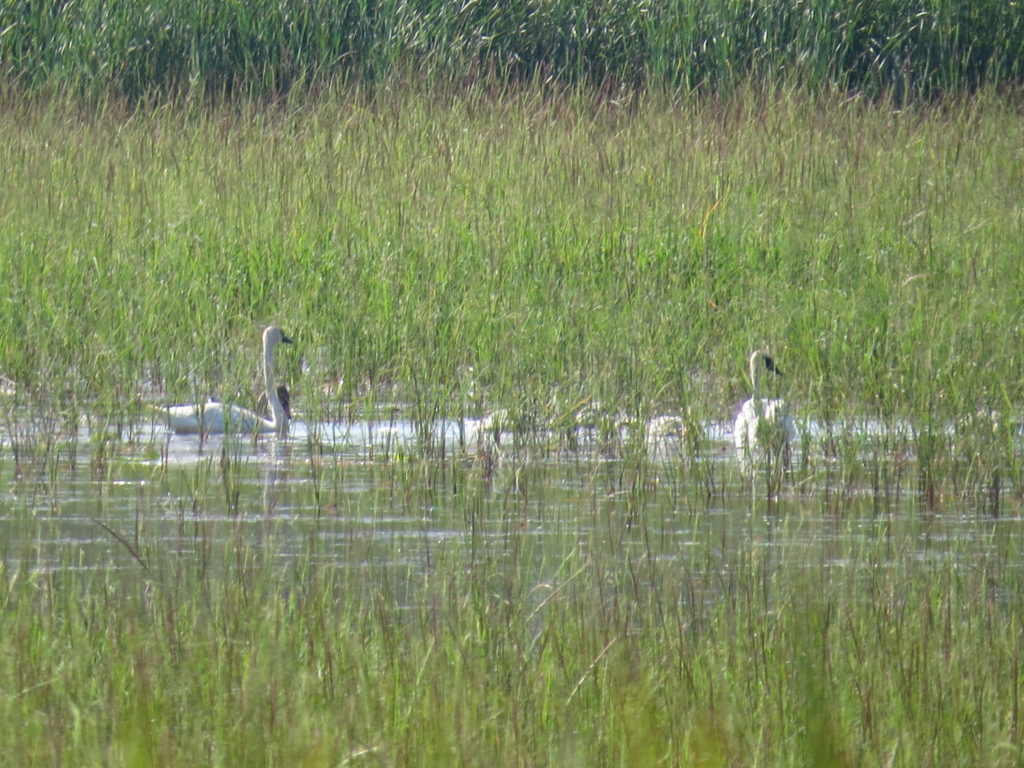
Warning: Prescribed burns not only rejuvenate prairie grasses and wildflowers but can damage even mature trees if things don’t go quite right.
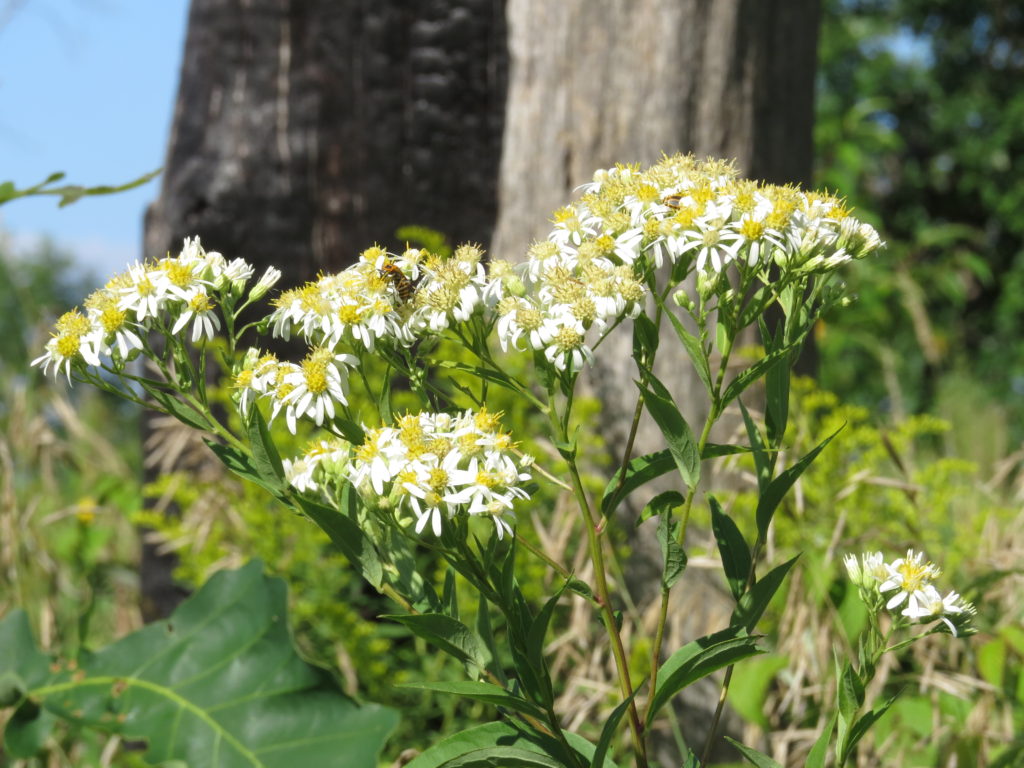
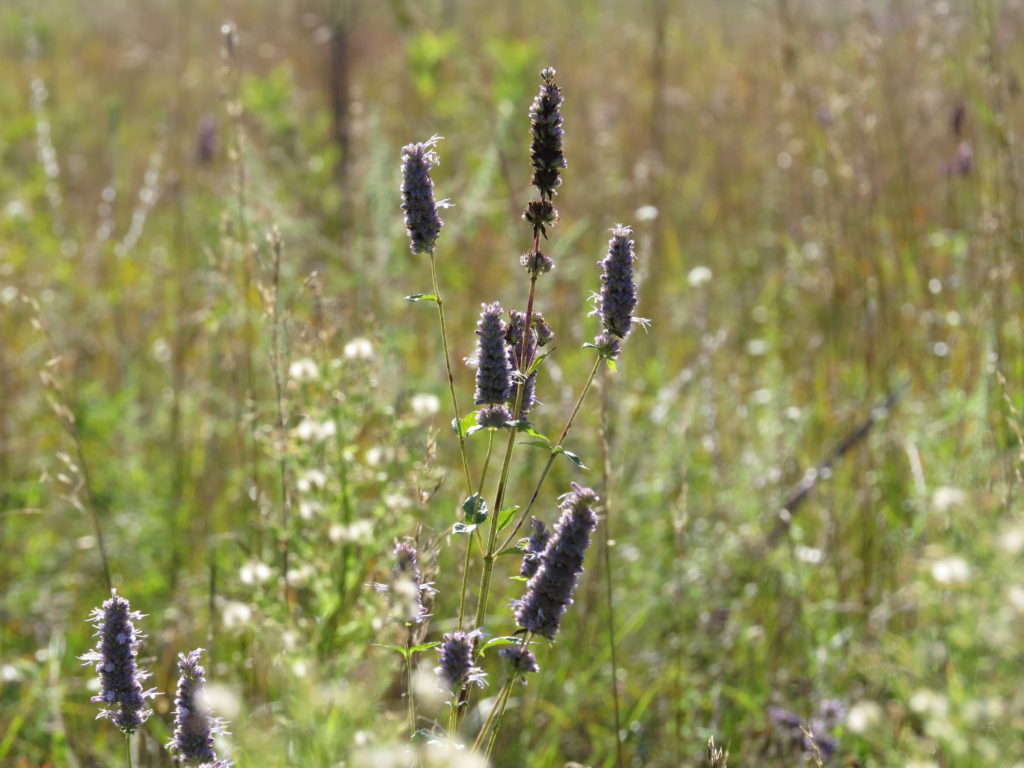
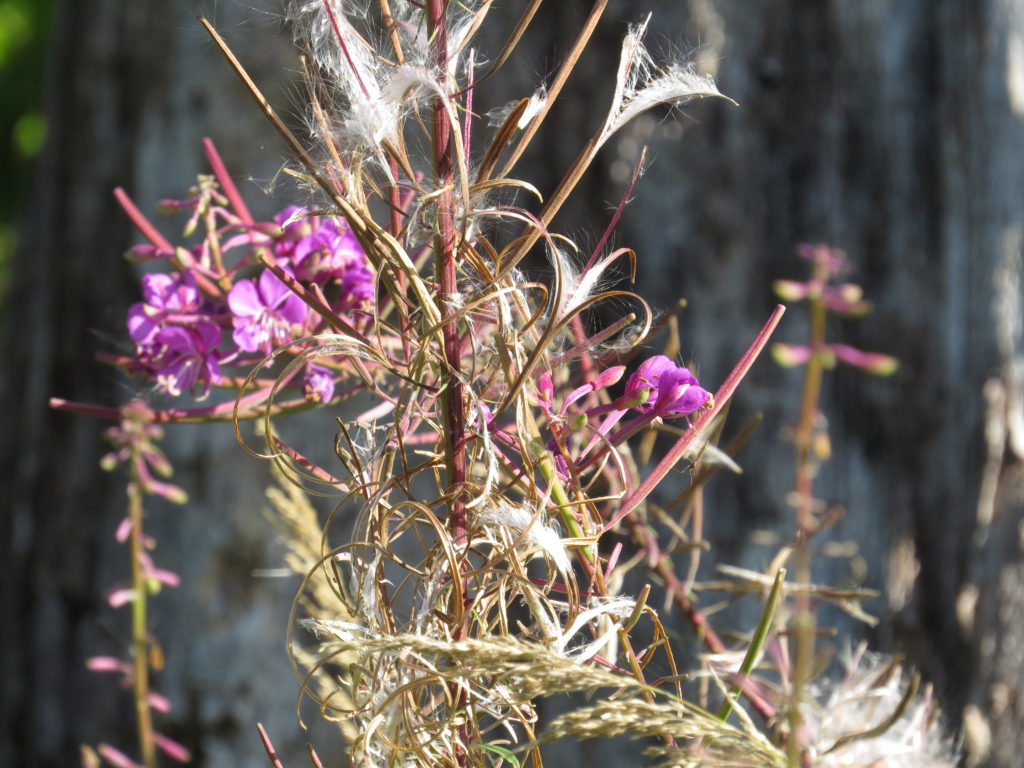
Forewarning to the purveyors of fear and fallacy: Truth and Light will shine on and overtake the Darkness.
